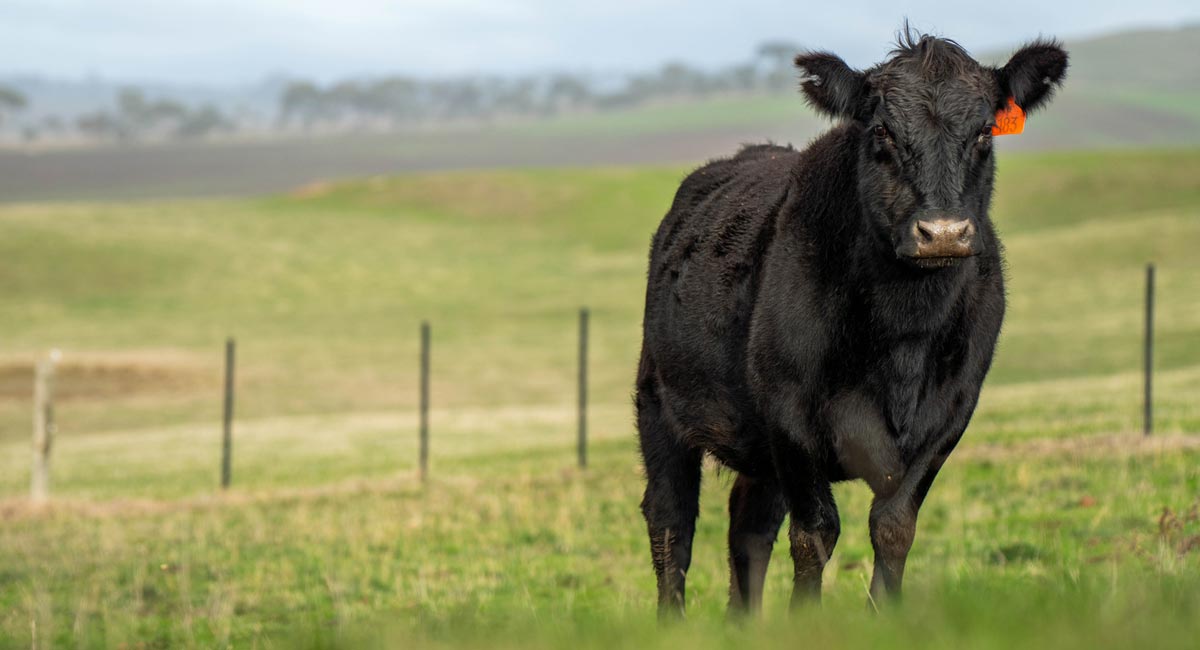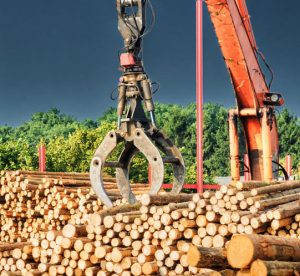
-
July 18, 2018
- 0 Comment
What Is Deconstructive Manufacturing? From T-Bones to 2x4s, Every Cut Determines Profit
When you talk to most people about manufacturing, the first image that comes to mind is likely that of a car or cell phone assembly line.
Hundreds of parts are being made or brought in from a variety of suppliers. They are then organized based on how they will be integrated and then assembled piece by piece by skilled laborers or robots into a final product. This is, after all, how most manufacturing is done.
Most manufacturing (except those in “Deconstructive Manufacturing” industries) works this way.
What is Deconstructive Manufacturing? A helpful visual may be beef processing. Most of us can imagine it: A cow is brought into a meat processing plant, where it’s turned into a myriad of different products. Among them are t-bones, porterhouse steaks, New York strips, filet mignon, ribeye, and hamburgers. The hearts, livers, other organs, leather, ears, and horns are all useful end products, too. Nothing goes to waste.
Clearly, this process differs from assembling an iPhone or a Corvette. Products like cell phones and vehicles get their value from the market price of the final assembled product. Whereas a meat processing plant’s greatest value depends on perfectly breaking down each cow. When high-value cuts like t-bones are misidentified or mis-cut into low-value hamburger, that lost value can never be recovered. After all, you can’t turn a hamburger back into a t-bone steak. Every cut and decision is critical to maximizing profit from each animal.
Lumber manufacturing is very similar.
At the moment of felling a 65-foot tree, a maximum potential value is established. That tree, lying in the forest, will only provide its greatest value through perfect deconstruction. The mill must cut it into the optimum amounts of dimension lumber, chips, sawdust, and shavings. What’s optimum depends on current market prices and the mill’s processing costs for each product.

Every decision in the deconstructive manufacturing process can either:
1) Keep the value inherent in the tree (or log, cant, board, etc.)
OR
2) Lose value
Put another way— every time steel meets wood, value is either retained or destroyed. Just like the meat processing example, you can’t undo bad decisions or bad execution. A sawmill can’t turn 2x8s into 2x10s or reassemble sawdust, chips, and shavings back into lumber.Nearly all professional books, classes, or seminars about manufacturing focus on traditional manufacturing. They never seem to discuss, or even acknowledge, Deconstructive Manufacturing.
Throughout this blog, we will explore what makes deconstructive manufacturing, specifically as it pertains to the forest products industry, unique. We’ll also share the lessons and solutions that have helped our clients optimize every piece of lumber that comes to their mill.


